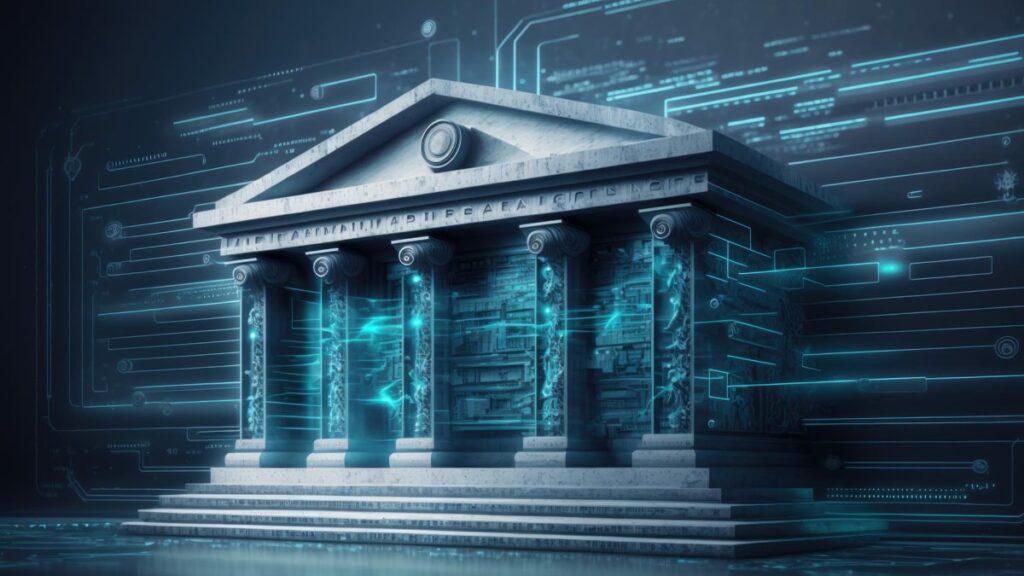There are thousands of bank branches which are located throughout India. Managing these branches can be a difficult task let alone navigating the fund transfers.
To accommodate the logistics involved in managing these bank branches, the best way is to introduce the bank branch system.
In this article, we will discuss What is the Branch Code of the Bank, the features of the branch code, why the branch code is used, and much more.
But first, let’s find out what a is Branch Code.

Table of Contents
What is a Branch Code?
The Branch Code is an alphanumeric combination assigned to every branch of a bank. This code serves as a unique identifier, enabling the precise localization of a specific branch amidst the vast network of banking institutions.
The Branch Code is unique to each branch, differentiating it from others even if they belong to the same bank.
The primary purpose of the Branch Code is to facilitate electronic fund transfers, cheque clearing, and other financial transactions.
This ensures that the financial transaction is accurately processed, minimizing errors and expediting the overall process.
Features of the Branch Code
The following are the features of the branch code-
- Every bank branch has a unique Branch Code ensuring no duplication across the banking network
- The code typically consists of a combination of letters and numbers, providing specific information about the bank and its branch
- The format of the Branch Code is standardized, making it universally applicable across different banks
- It minimizes errors in electronic fund transfers, cheque clearances, and other banking operations
Why Branch Code is Used?
Locating a bank branch with thousands of bank branches spread throughout the length and breadth of the country can be difficult. With Branch Code, it can be easy and fast to navigate through the various branches and locate the bank branch to transfer funds.
This ensures that each transaction undergoes accurate and efficient processing, contributing to the seamless functioning of the financial ecosystem.
It is an automated banking process enabling reduced cost of bank transfer and at the same time reduces the maintenance of the system within the vast banking system.
How to Find Your Bank Branch Code?
Locating your bank’s Branch Code is essential for accurate transactions. The following are the ways you can find your bank branch code-
Using IFSC Code
IFSC Code has different components which include branch code as well. For instance, The IFSC Code SBIN0020396 has the last six digits as a branch code i.e., 20396.
Using Mudra Nidhi IFSC Code Finder Tool
- Visit the official website Mudra Nidhi and navigate to the Mudra Nidhi IFSC Code Finder Tool
- You can use the tool by selecting your bank, followed by geolocating your bank branch by selecting the state, district, and location
- After locating your bank branch, you’ll find your bank account details like IFSC Code, Branch code, and other essential details
Using Passbook
Find the IFSC and Branch Code on the front page of your bank’s passbook
Using Cheque
The IFSC and Branch Code are commonly printed at the bottom of the cheque, near the MICR code.
Using Mobile Banking/Net Banking
- Visit the official website net banking or mobile banking app and login to your account using your login credentials
- After logging in, navigate to your account summary section and you’ll find the IFSC Code as well as the Branch code listed there.
FAQ
The Branch Code is a unique alphanumeric identifier assigned to each branch of a bank, facilitating accurate and efficient transactions.
No, the Branch Code is unique to each branch, even if they belong to the same bank.
You can find the Branch Code on various documents such as bank statements, passbooks, and cheques, or by accessing your account details through online banking.
Yes, many banks provide Branch Code details, along with other essential information, on their official websites.
Yes, Branch Codes typically consist of six-digit numbers which can also be found in the bank IFSC Code.
Yes, you can conduct the bank transaction without knowing the branch code. Having the bank’s IFSC Code is sufficient to facilitate and complete the transaction seamlessly.
Branch Codes generally remain consistent, but changes can occur due to mergers, closures, or other administrative reasons.
I’m Shiv Kumar, a graduate with a passion for finance, marketing, and technology. My journey into finance started with a desire to understand money management and investing.
Our main goal is to empower individuals through financial education. We believe that everyone should have the opportunity to build a strong financial foundation. Whether you’re a seasoned investor or just getting started, we provide articles, guides, and resources to help you navigate the financial landscape.
I invite you to join our community of financially savvy individuals. Feel free to ask questions, engage with our content, and explore the topics that matter to you. Together, let’s take control of our financial futures.




